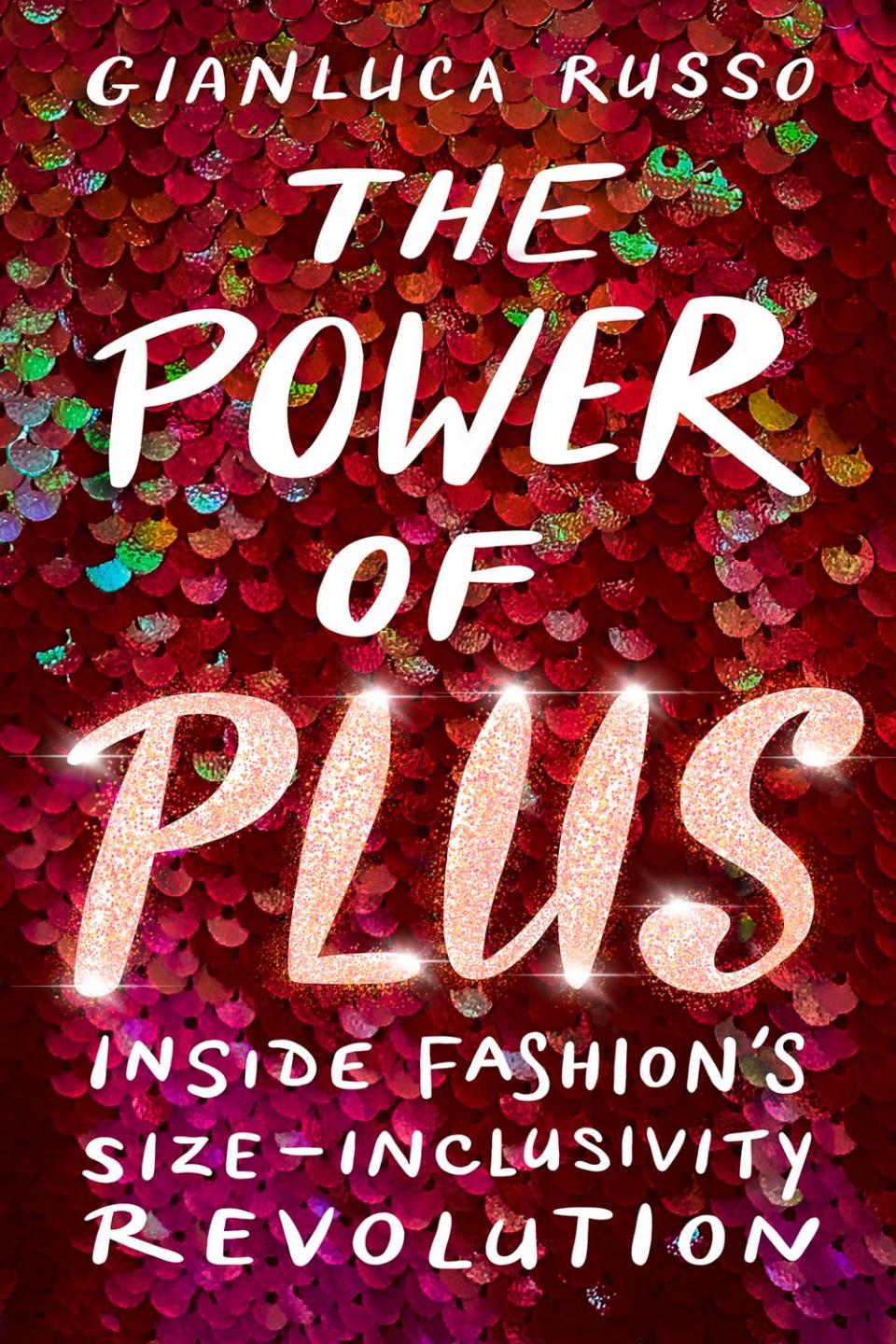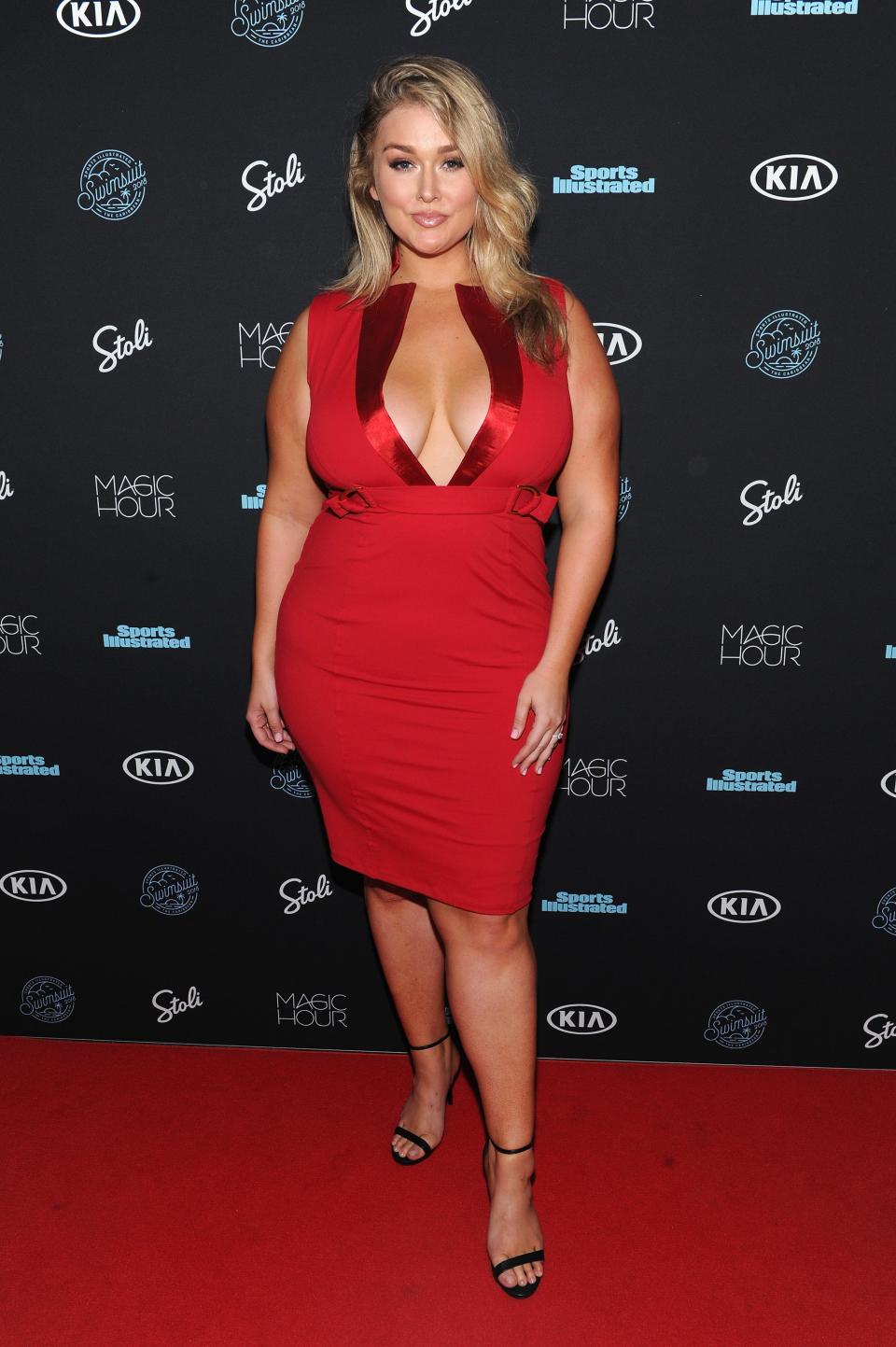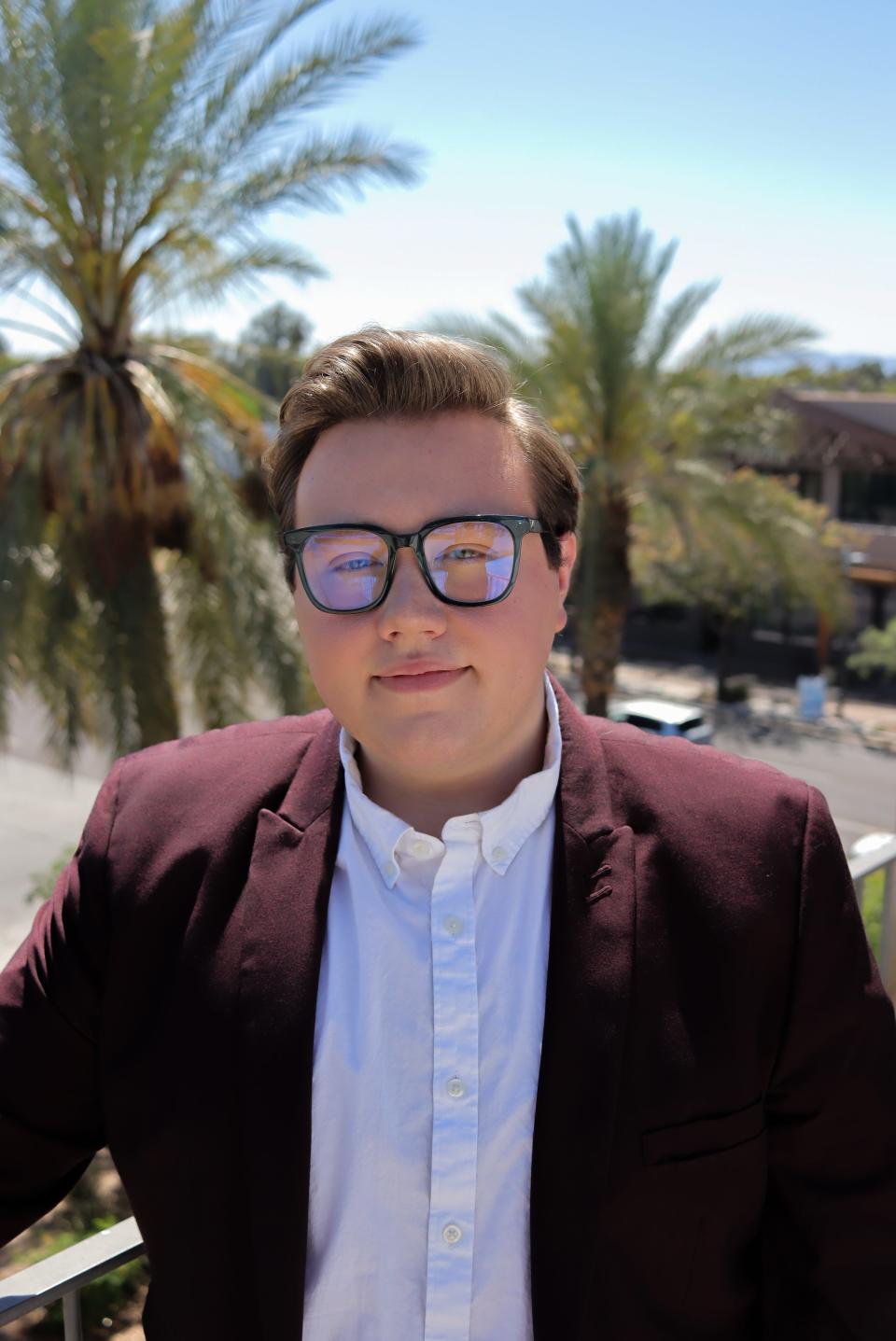Plus-size clothing isn't a trend – it's fashion's future, new book 'The Power of Plus' says
Size equality in fashion has come a long way from the days of Abercrombie and Victoria's Secret outwardly shaming those who aren't a size 0. But the fight for inclusivity isn't over yet.
Fashion reporter Gianluca Russo's debut book, "The Power of Plus: Inside Fashion's Size-Inclusivity Revolution" (out now), couples his experiences covering the world of fashion over the past five years with his interviews with dozens of models, influencers, designers and advocates about their own experiences in the industry. It also outlines the issues plus-size fashion still faces with actionable steps on how to fix them.
"There were so many stories that were untold and that hadn't had their time to shine but that were so impactful on a personal level to me and to other people in this community," Russo tells USA TODAY. "I wanted to find a way to celebrate all these people who have contributed to this size inclusivity revolution over the years."
Who gets to be a Barbie doll? New all-pink Barbiecore trend invites everyone to the Dream House

Enter: "The Power of Plus," which Russo began writing during COVID-19 quarantine in 2020. Famous models including Iskra Lawrence, "America's Next Top Model" alum Toccara Jones, Gabi Gregg and Tess Holliday offer horror stories about working in a still-often fatphobic industry and explain how those experiences are worsened for those who aren't cisgender, white and a more "palatable" size in the plus range.
"The modeling space as a whole often only feels welcoming when you fit neatly into one category," Russo writes. "Choose from the list of identities and maybe, just maybe, you’ll be deemed worthy of having a seat at the table. But if you exist somewhere between multiple intersections, far too often the doors remain closed. For plus-size hopefuls, that means the boundary has already been laid; your body is the obstacle to overcome. Add on another 'difficulty' – like gender, ethnicity, disability – and you’re disqualified from the race."
Model Jordan Underwood, whose pronouns are they and he, says in the book they often have to "pretend that I'm a girl for the day" when booked for a modeling gig due to people working on the set being "really horrible about transphobia and misgendering."
“People are so willing to use marginalized people if it helps their profit or supports their brand, but they’re not willing to do the work to make sure that they’re hiring people who are going to treat us properly," Underwood added.

But "Plus" also highlights how the resilience of plus-size advocates has positively impacted not only the models trying to succeed in the industry, but people across the world who have historically been taught to hate their bodies through the images they see and the lack of clothing available to them.
"How awesome would it have been when I was younger if I was able to open a magazine and see someone who looked like me?" Hunter McGrady, known as the Sports Illustrated swim issue's "curviest model ever," says in the book of her first photoshoot for the magazine in 2016.
"I think it would have saved me," she adds.
Where does inclusivity in fashion go from here?
Many clothing brands, including Abercrombie & Fitch and Victoria's Secret, have shifted away from excluding anyone who wears over a size large. Many major fashion magazines and fashion weeks have gotten more inclusive in recent years too. But there's still plenty of room for growth, Russo argues.
He highlights the need for fashion brands to ensure that inclusivity is reflected behind the scenes, which means hiring a diverse range of plus-size designers, photographers, marketing specialists and executives. And it isn't enough for fashion schools to merely offer plus-size design as an elective course.
Russo points to brand collaborations like Rihanna's Savage x Fenty and Priscilla Ono x Eloquii, as well as designer Christian Siriano: All have made diversity not just a priority but an inspiration and something to be celebrated.
More: The Met Gala's exclusivity is outdated. How can fashion embrace inclusivity's cutting edge?
And: Beverly Johnson returns with major runway moments at Sergio Hudson, Bibhu Mohapatra NYFW shows

Ultimately, Russo writes, the movement to normalize plus-sizes in fashion has succeeded because of the community working together, particularly the Black women who fought for size-inclusivity before the concept became mainstream.
"I hope that this book inspires people to keep pushing for change even when it feels like change is not happening," Russo says. "If you look over the past 30 years, there have been low points and there have been high points. We've gone backwards and forwards. Nothing is linear. … It might take 30 more years to get to the point of size equality, but all that matters is that we're in the fight together."
'Bachelor' fans call for plus-size casting: 'Fat people deserve a chance to find love'
This article originally appeared on USA TODAY: Plus-size fashion: Tess Holliday, Hunter McGrady in 'Power of Plus'

 Yahoo Movies
Yahoo Movies 
